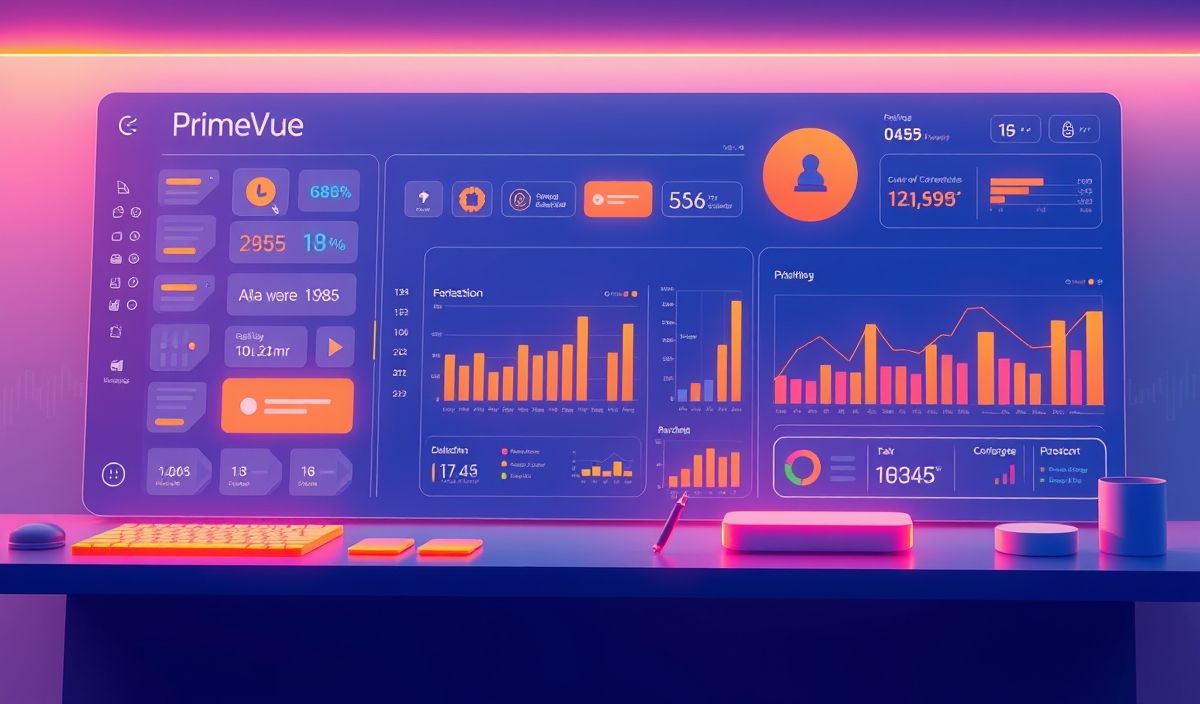Mastering Python Dateutil: Your Comprehensive Guide for Date and Time Manipulation
When it comes to working with dates and times in Python, the python-dateutil library is a game-changer. It is a powerful extension to Python’s datetime module, providing advanced operations for parsing, formatting, arithmetic, and more. This guide will help you explore dozens of its features, complete with code examples and a sample application.
Core Features of Python-Dateutil
1. Parsing Dates from Strings
Dateutil allows you to convert date strings into Python datetime objects effortlessly.
from dateutil import parser date_str = "2023-08-15 14:30:00" parsed_date = parser.parse(date_str) print(parsed_date) # Output: 2023-08-15 14:30:00
2. Working with Relative Dates
You can perform relative date arithmetic using the relativedelta function.
from dateutil.relativedelta import relativedelta from datetime import datetime today = datetime.now() one_month_later = today + relativedelta(months=1) print(one_month_later)
3. Parsing Dates with Time Zones
Python-dateutil supports time zones seamlessly with the tz module.
from dateutil import parser
from dateutil.tz import gettz
date_str = "2023-08-15 12:00:00"
timezone = gettz("America/New_York")
date_with_tz = parser.parse(date_str).replace(tzinfo=timezone)
print(date_with_tz)
4. Date Iterators
The rrule module from python-dateutil enables generating recurring date occurrences.
from dateutil.rrule import rrule, DAILY from datetime import datetime start_date = datetime(2023, 8, 1) dates = list(rrule(DAILY, count=5, dtstart=start_date)) print(dates)
5. Flexible Date Matching
With easter, you can locate holidays or special dates dynamically.
from dateutil.easter import easter year = 2023 easter_date = easter(year) print(easter_date)
6. Adding and Subtracting Time
relativedelta is also excellent for adding and subtracting time spans.
from dateutil.relativedelta import relativedelta from datetime import datetime current_date = datetime.now() next_year = current_date + relativedelta(years=1) last_week = current_date - relativedelta(weeks=1) print(next_year, last_week)
7. Working With Weekdays
With the MO, TU, etc., constants, you can calculate specific weekdays.
from dateutil.rrule import rrule, WEEKLY, MO from datetime import datetime start_date = datetime(2023, 8, 1) monday_dates = list(rrule(WEEKLY, dtstart=start_date, until=datetime(2023, 8, 31), byweekday=MO)) print(monday_dates)
Building a Sample Appointment Scheduling Application
Here’s a basic example of using python-dateutil to create an appointment scheduling application:
from datetime import datetime
from dateutil.rrule import rrule, WEEKLY, FR
from dateutil import parser
from dateutil.relativedelta import relativedelta
# Step 1: Define start date
start_date = datetime.now()
# Step 2: Calculate the next 4 weeks of Friday appointments
fridays = list(rrule(WEEKLY, dtstart=start_date, count=4, byweekday=FR))
print("Next 4 Friday appointments:")
for i, friday in enumerate(fridays, 1):
print(f"{i}: {friday}")
# Step 3: Parse a custom appointment date and add time zone
appointment_str = "2023-08-25 14:30:00"
appointment_date = parser.parse(appointment_str)
print(f"Custom Parsed Appointment: {appointment_date}")
# Step 4: Add a one-month reminder
reminder_date = appointment_date - relativedelta(months=1)
print(f"Reminder on {reminder_date}")
Conclusion
The python-dateutil library is an indispensable tool for any Python developer working with complex date and time scenarios. With its robust features such as parsing, timezone support, date arithmetic, and recurring rules, you can handle virtually any date-related requirement with ease. Incorporate this powerful library into your applications and simplify your date and time manipulations.




